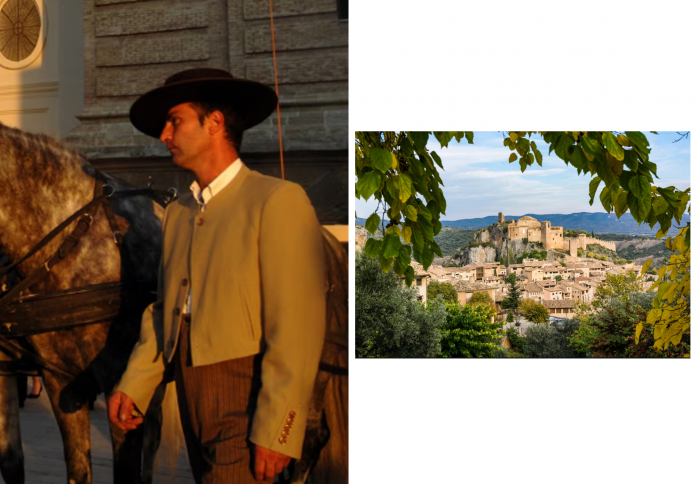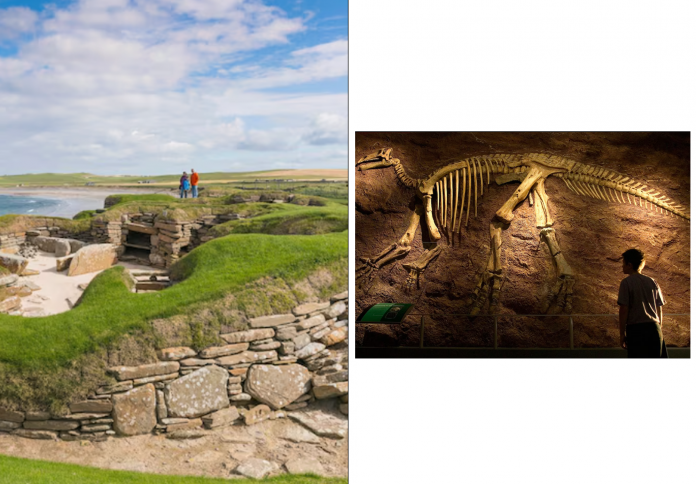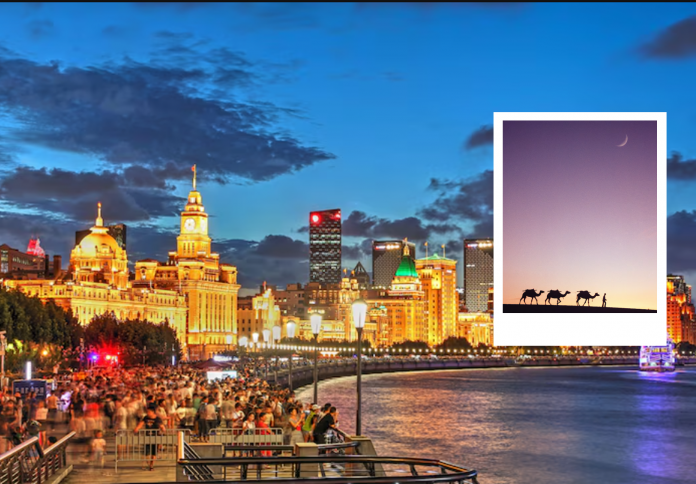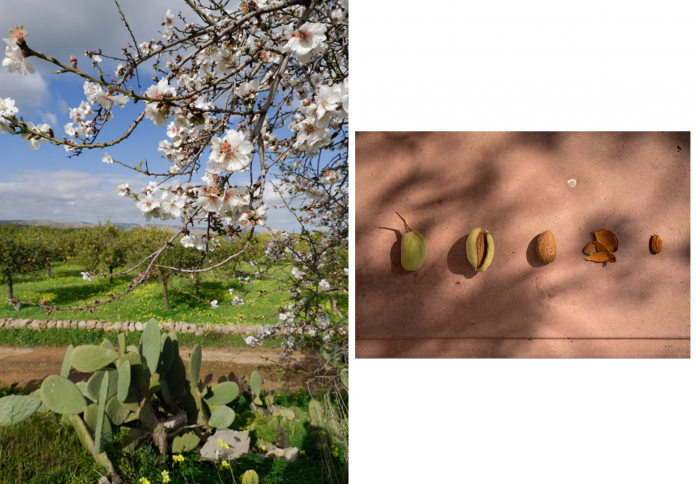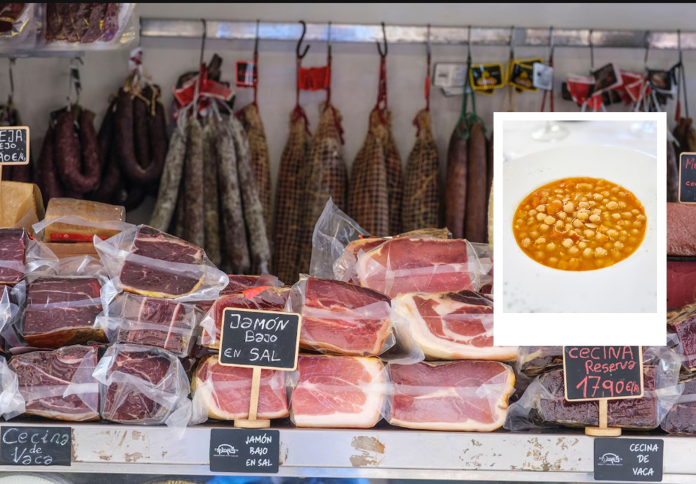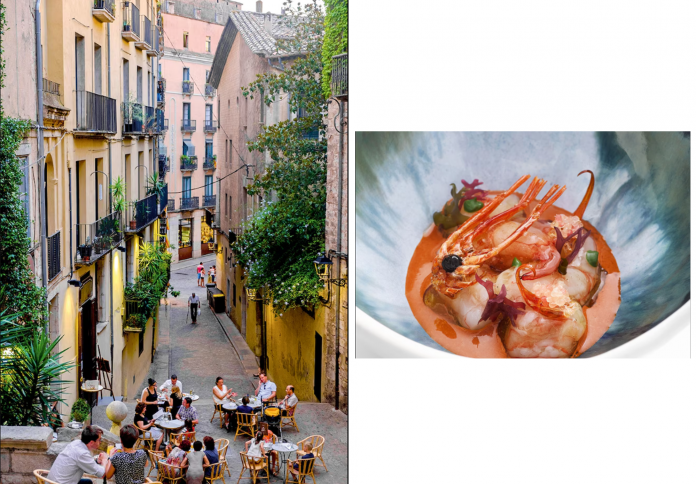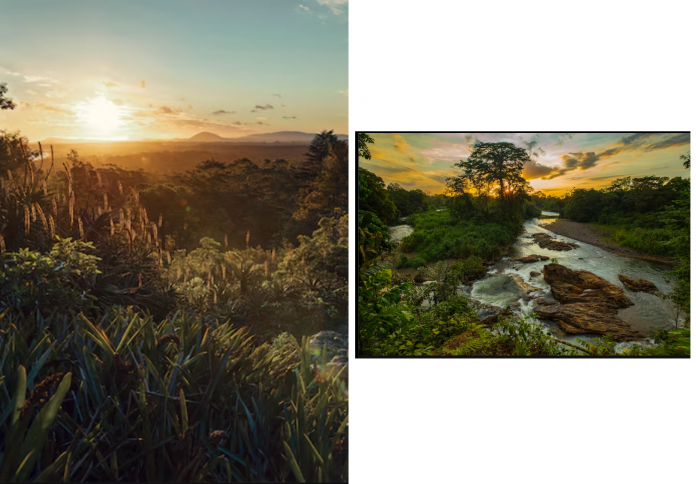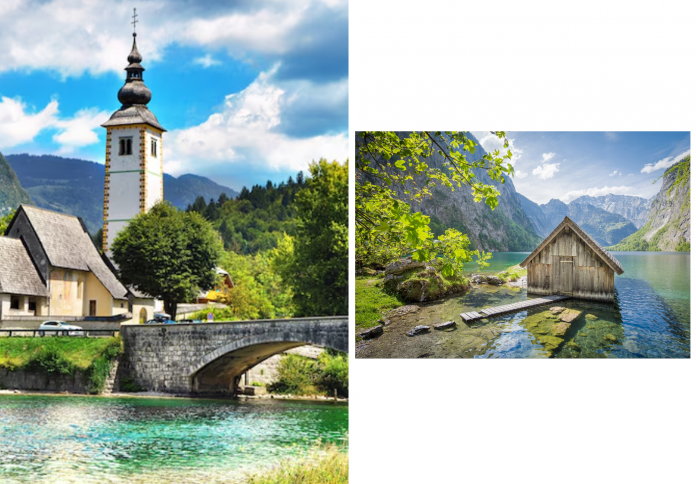Tucked between France and Spain like ancient stones sewn into a green hem of mountains, the Pyrenees are home to villages that feel suspended in time. Winding alleys, slate roofs, and Romanesque chapels echo the rhythms of a world that once moved at the pace of hooves and footfalls. In these highland hamlets, the present slows down, and the past speaks softly from every stone.
A geography carved by both nature and myth
The Pyrenees form not only a geographical divide between France and Spain, but also a cultural borderland rich in myth, legend, and fiercely local identities. Along these rugged ridgelines and verdant valleys lie small medieval villages that seem to defy the modern urge to rush. Here, architecture is not ornamental but functional — houses built of schist and granite hug the mountainsides, their steep slate roofs designed to withstand snowfall and time alike.
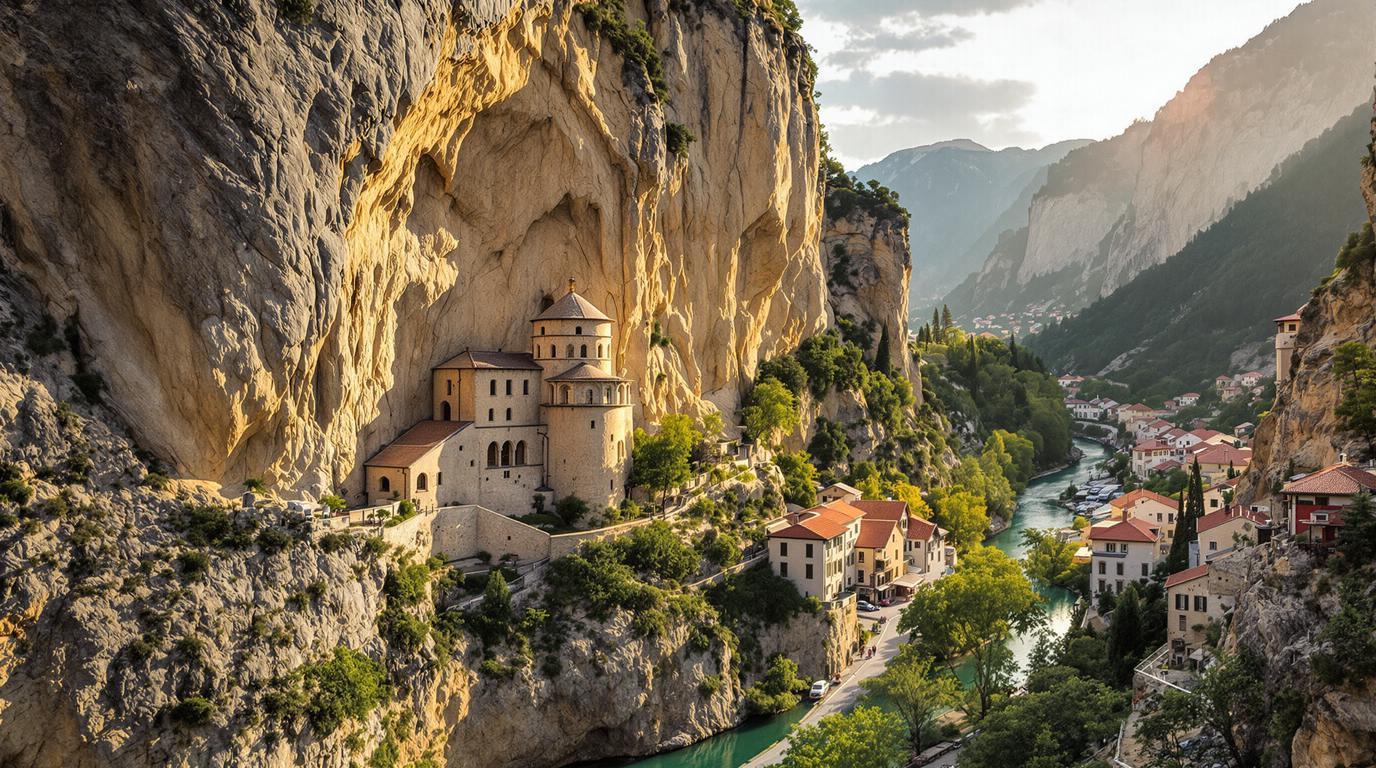
These villages are often found in lesser-traveled regions like the Ariège in France or the Vall de Boí in Catalonia, Spain. Some are no more than a scattering of homes and a Romanesque church perched above a river, but their sense of continuity with the land is profound. This is a landscape where language varies from one valley to the next — Catalan, Occitan, Basque — and where traditions are preserved not in glass cases, but in songs, food, and festivals.
Each village tells its own story: of monastic devotion, agricultural resilience, or noble ambitions now worn down to moss-covered steps and faded coats of arms. In places like Saint-Bertrand-de-Comminges or Taüll, history isn’t just recorded — it’s lived.
Romanesque churches and their painted echoes
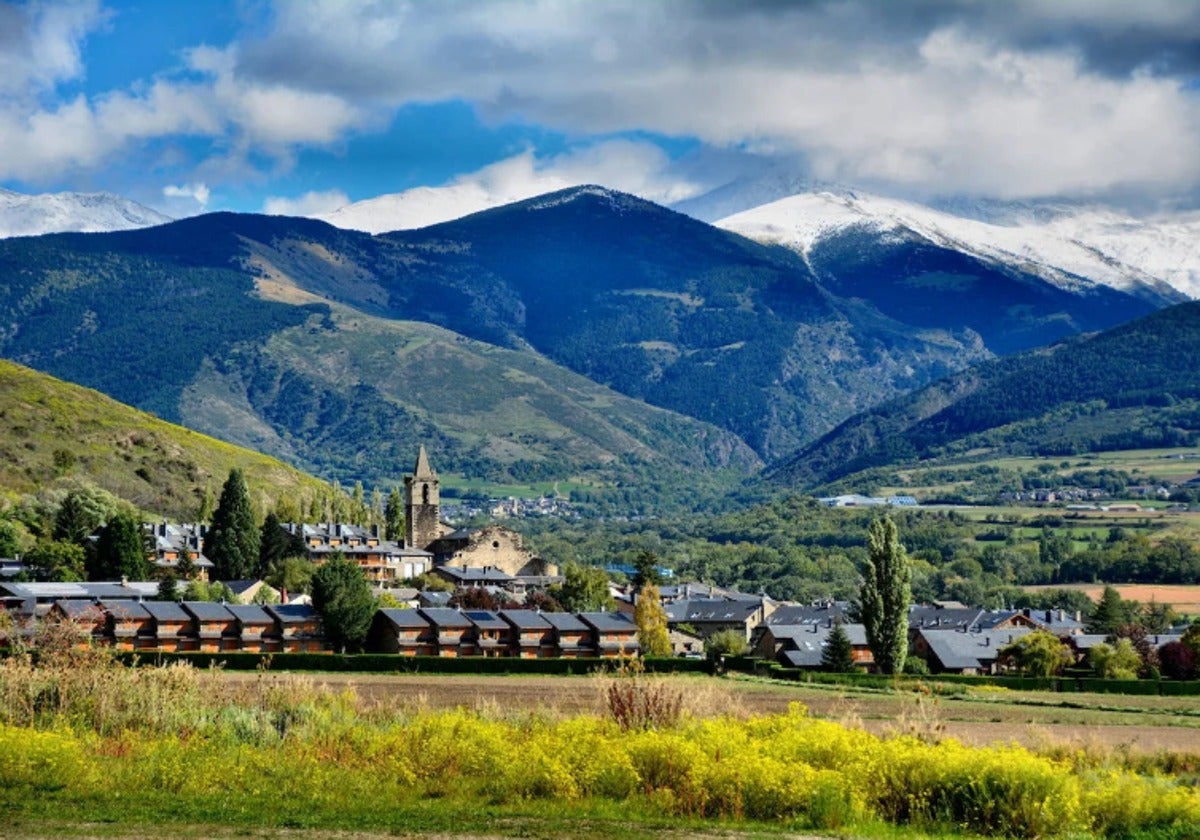
One of the defining features of many Pyrenean villages is the Romanesque church — small, sturdy, and profoundly moving in its simplicity. These churches, often built between the 10th and 13th centuries, remain among the best-preserved examples of early medieval architecture in Europe.
Step inside, and you’ll find cool stone interiors lit by narrow windows. In Taüll, for example, the Church of Sant Climent boasts vivid frescoes, now housed in the Museu Nacional d’Art de Catalunya in Barcelona, but their presence lingers in reproductions that return a sense of sacred vibrancy to the space. These frescoes, full of stylized saints and swirling patterns, are not mere decoration; they are visual sermons for a population that once absorbed theology through color and form.

What makes these churches remarkable is not their grandeur but their integrity. Built by local hands using local stone, they fit the landscape the way lichens fit the bark — organically, reverently. Many remain active places of worship, ringing their bells not for tourists, but for the slow rhythm of rural devotion.
Living heritage through food, festivals, and craft
Despite their age, these villages are not museums. They’re living communities where culture is cultivated daily through tradition, gastronomy, and seasonal rituals. Local food in the Pyrenees reflects both the frugality and the richness of mountain life — think hearty stews, mountain cheeses like Ossau-Iraty, and sweet treats like the Catalan coques or tortell breads.
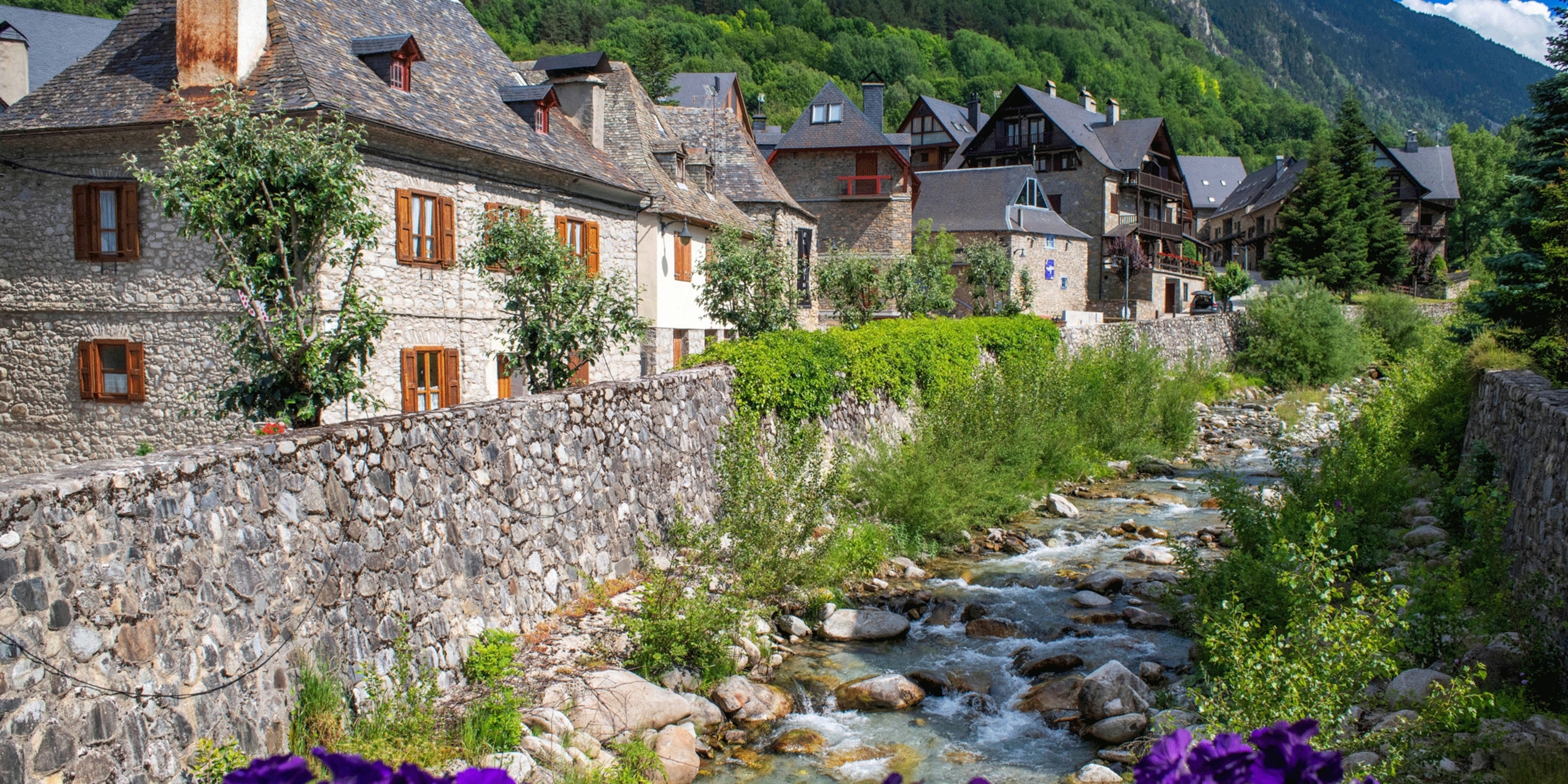
Markets remain central to community life, where farmers and cheesemakers sell directly to locals and visitors alike. In some villages, you can still find ancient communal ovens or restored mills used for generations.
Festivals, too, animate these quiet places with bursts of energy. Some, like the Ball dels Gegants in Catalonia or the fêtes de transhumance celebrating the seasonal movement of livestock, bring age-old customs back to life with music, costumes, and shared meals. These are not mere reenactments but rituals of belonging, grounding communities in cycles older than history books.
Artisan workshops continue to dot the region — woodcarvers, weavers, and ceramicists whose practices are often passed from parent to child. Buying a hand-thrown jug or woven shawl here means carrying a part of the village’s heartbeat home with you.
Walking the past: trails that trace memory
The best way to experience these medieval enclaves is not by car but on foot. The Pyrenees are laced with a dense web of trails — from gentle valley strolls to long-distance pilgrimages like the Chemin de Saint-Jacques (Camino de Santiago). Walking connects you physically to the landscape and allows for the kind of serendipitous encounters that modern travel often smooths over.
You might stumble upon an old stone bridge barely marked on maps, or hear a church bell echo across a pasture. In some villages, you’ll pass shepherds returning with flocks, or grandmothers shelling beans in the doorway, their dialect as rich and particular as the cheese aging in their cellars.
These trails do more than link villages; they link eras. Many were once used by smugglers, shepherds, monks, and refugees — from medieval pilgrims to those fleeing across the mountains during the Spanish Civil War or World War II. They are paths of persistence, memory, and quiet beauty.
Why these villages matter now more than ever
In an age of hyper-connectivity, the Pyrenean villages offer something rare: rootedness. They don’t pretend to be untouched by time — indeed, many are grappling with depopulation, economic shifts, and the challenges of balancing tourism with preservation. But what they offer is a vision of life shaped by continuity, modesty, and relationship with the land.
To explore these medieval villages is to be reminded that heritage is not a static thing. It breathes. It cooks. It sings. And it waits patiently in the mountains for those willing to slow down and listen.
